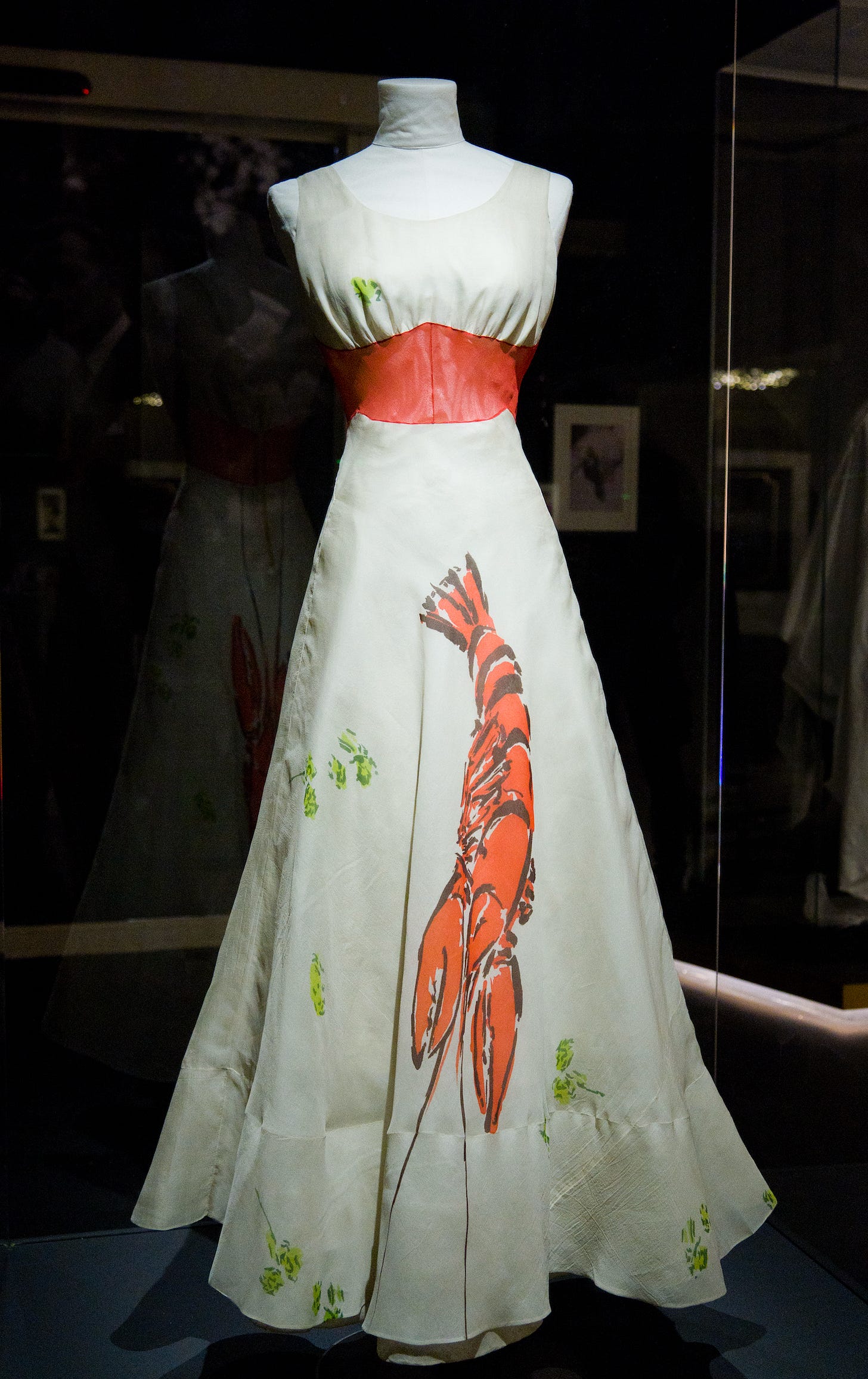How Eugene Rabkin became fashion and luxury’s critic of choice
And why the 'luxury simulation' is over
The implosion of Gucci, ongoing labour scandals at Loro Piana, Armani and Dior, the plummeting share price of LVMH and Kering, the rise of dupes, and the increasing sophistication and social acceptability of fakes. Now, it wouldn’t be in Eugene Rabkin’s nature to say, “I told you so”, but he would be entirely within his rights to do so. For the last 20 years, Rabkin’s op-eds and essays have examined and challenged industry norms as he emerged as one of the most critical, unbiased and influential voices in the industry. First, with his Style Zeitgeist magazine, which he founded in 2006, and then subsequent work in the Financial Times, Airmail, Highsnobiety and The Business of Fashion.
Dark Luxury first met the fashion critic, academic and cultural commentator in Florence in January this year, when he very kindly helped me make sense of the Pitti Uomo menswear trade fair. The intervening eight months have been some of the most tumultuous and consequential the luxury goods industry has ever seen, beset by multiple crises. Since then, Rabkin has joined Substack, so we took the opportunity to catch up with him during the quieter summer period to take stock of the state of play in fashion and luxury in 2025.
‘The biggest lie that luxury brands currently tell is that they still produce luxury products’
-Eugene Rabkin
“The biggest lie that luxury brands currently tell is that they still produce luxury products”, Rabkin said over Zoom. He is, of course, referring to what is essentially branded merch — sweatshirts, T-shirts, and trainers — that can be found in much of the offer at Louis Vuitton, Dior Homme and Balenciaga, often made cheaply and sold for huge margins. “Another big lie is that they cater to the elite. Dior is a mass-market brand masquerading as a luxury brand”. Bain & Company recently produced research suggesting that 75 per cent of luxury purchases are made by “aspirational customers” whose average spend was around $2,000 or less per year, “which is around the same price as a Neverfull or Speedy bag from Louis Vuitton”, says Rabkin.
Mimma Viglezio takes us inside Bernard Arnault’s business empire and tells us why she left for Kering, one of the most senior people ever to defect from LVMH to its arch-rival. Paid subscribers can read our two-part interview series:
The third big lie is that they are somehow “cultural brands”. Of course, artists and fashion designers have a long history of collaborating with one another, a tradition going all the way back to Salvador Dalí and Elsa Schiaparelli’s “lobster dress” in 1937. More recently, Marc Jacobs struck commercial gold with Stephen Sprouse and Takashi Murakami and their leather goods collaborations of the early 2000s, recently revived for 2025. “That was a meeting of creative minds”, said Rabkin. “They were initiated by him (Marc Jacobs), the creative director, who came to an artist and said, ‘Look, I really admire your work. Do you think we can do something?’”






